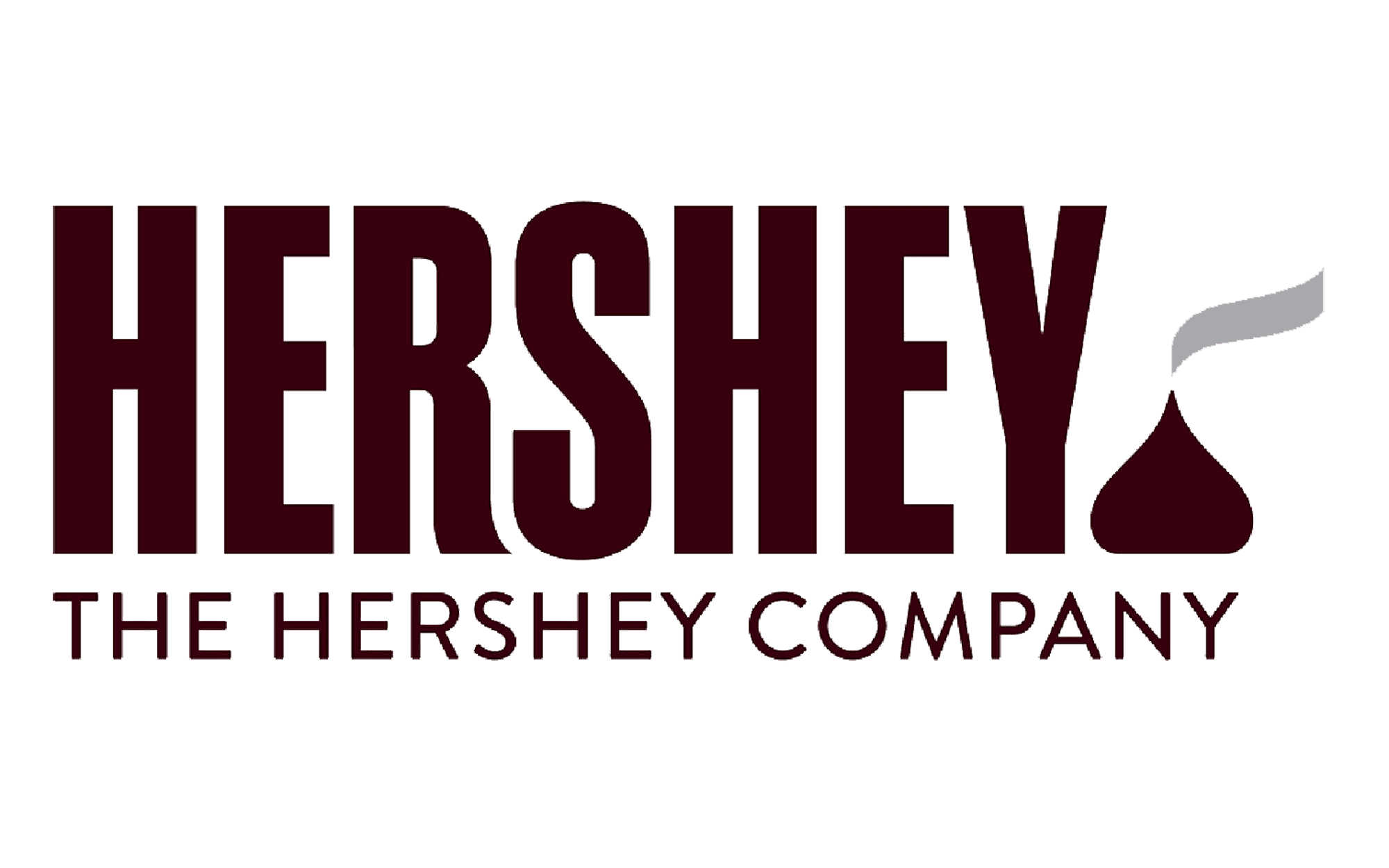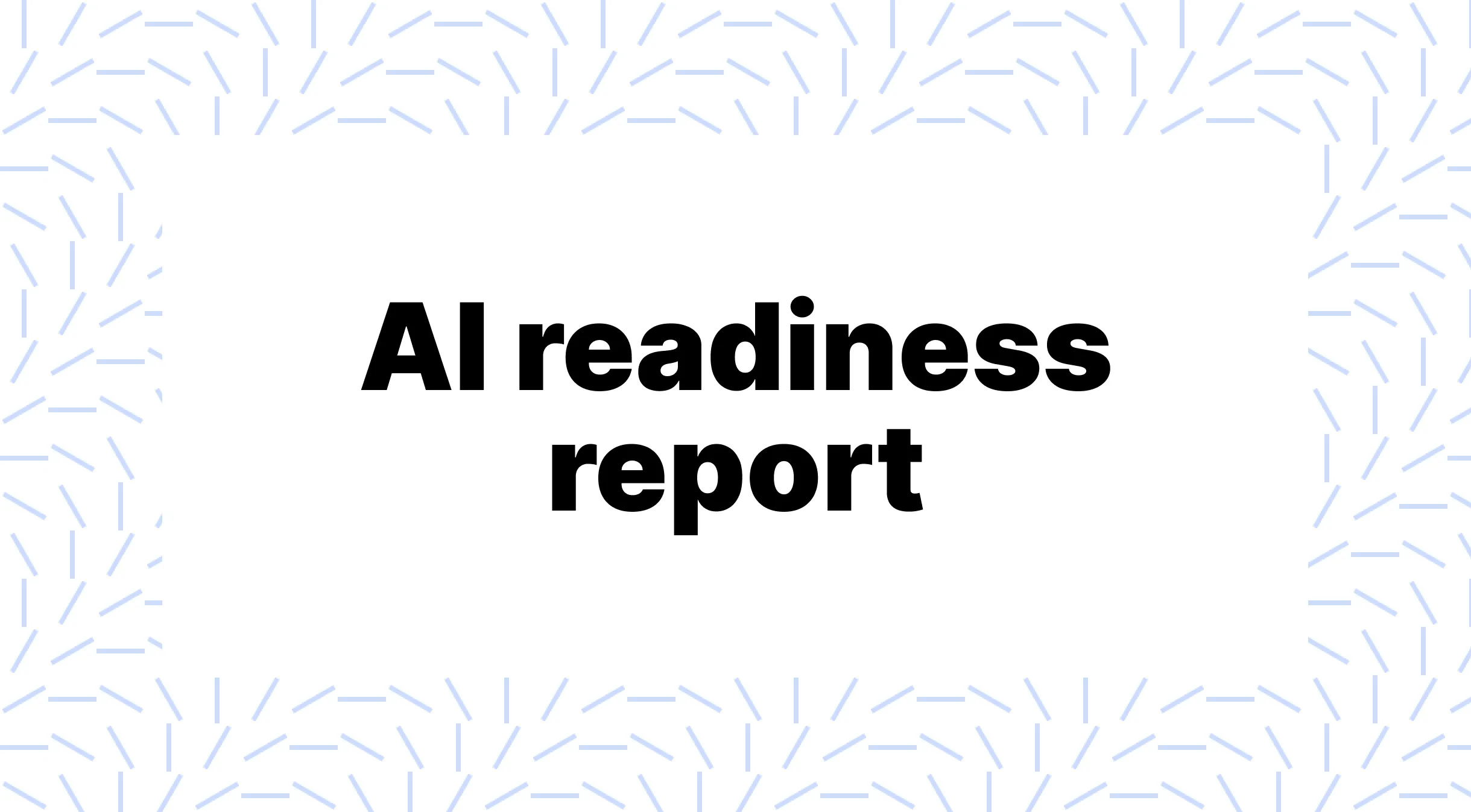AI for business processes and product
Today I’m posting an interview with Kyle Shannon. Kyle is the founder of Storyvine - an automated video platform historically for healthcare and pharma.
These interviews are not so much to promote the products or businesses but instead, the people behind them.
Kyle has a team of 6 and discusses the ways AI is helping with the business processes and also the products they offer.
If you’re a founder or professional using AI for work and would like to share your story, reach out here.
Can you briefly describe your role and company?
I’m Kyle, the Co-Founder/CEO of Storyvine. Storyvine is a 12-year-old automated video storytelling platform that’s historically focused on the healthcare and pharma vertical. We have an app that guides an end user to answer a series of prompts, those video clips are uploaded to the cloud where they are “Automagically” edited into a finished video within a few minutes, and there is a web-based video management system to manage assets and approvals. (Ironically, there is no AI used in the automated editing, even though a lot of people think there is… it’s more Aristotle than AI since it’s based on modularizing the story segments BEFORE capture.)
Storyvine lives in the space between professional video (high quality, but slow and expensive) and user-generated (UGC) video (authentic and scalable, but hard to control.) We are very trusted even in a regulated environment like pharma because everything can be approved before it goes live to the world, and we have many features to deal with high-risk PHI (personal health information.)
The use cases for Storyvine are very wide-ranging, and it excels anywhere you have a replicable story you want to tell over and over again. (Think customer testimonials, or thought leadership, or even personalized sales messages.
In the pharma space, the core use cases are:
- Patient Stories – Authentic diagnosis, or treatment journeys
- HCP (Doctor) Peer-to-Peer – Health Care Professionals sharing their treatment experiences
- Sales Innovation – Pharma Sales Reps create personalized video greetings for their HCP customers. (A project we did with Novartis allowed their reps to film and share more than 5,000 personalized videos with doctors over a 3-4 month period!)
- Internal & Exec Comms – Executives sharing messages, thought leadership, employee engagement, capturing best practices, etc.
How is AI being utilized in your company and role?
There are two categories: Business process, and business product.
Business Process – Internal Efficiencies and Automations
- Email drafting tools. They are for account management. One is for meeting recaps, and another is for general interactions.
- Humorous out-of-office writers (fine-tuned on previous funny ones that align with our brand voice)
- Creative writing tools that write prompts for our video templates. (This one saves us a TON of time/meetings as we kick off new clients.)
- We ask clients a series of questions about the kind of story (video template) they want to tell, we input their answers into a form, and the system creates a series of prompts that gets posted to our slack channel and the Account people edit the prompts in real-time, and present them back to the client in the same meeting. It's quite a remarkable time-saving shift. This used to take multiple (often very frustrating) meetings. It's now simple.
Business Product – Client-Facing Features and New Products
- Authenticity Engine™ – Automatically Creates omnichannel content from a video or audio source. (Title, Description, Key Messages, Chapterization, Blog post, Hashtags, Pull Quotes, etc.) Can use Storyvine, or non-storyvine content as the source.
- Video Translations – Leverages our modular/automated approach to video to easily create translations of videos in up to 27 languages.
- Video Personas – We generate persona frameworks, then populate them with personas, have those personas share their story using Storyvine prompts, and then bring those “people” to life on video telling their story.
What AI tools or platforms do you use most frequently in your day-to-day work?
ChatGPT & Dalle3, GPT4 APIs (Whisper, GPT4, GPT vision, etc.), Gemini Pro 1.5 (in testing), Claude 3, Zapier, Perplexity
For the most part, if we want to call an LLM via API, we are using GPT4. We have very low volume, so the cost/token isn’t a major issue.
For application development, such as the Authenticity Engine™, our developers are using Langchain to give us flexibility in terms of which models we can use, but it’s still primarily OpenAI tech we are leveraging. That said, both Claude 3 and Gemini 1.5 Pro are looking promising as tools that will simplify our product roadmap.
If we’re just doing automations for internal efficiencies, we use Zapier. It’s fine, but janky and over-complicated/bloated, though when paired with GPT calls, you can make some fairly sophisticated tools quickly. Worth the pain in the ass to get there.
- Email draft generation, Humorous out-of-office note maker, creative writing generator (for our creative kickoff meetings.) Have also created some GPTs trained on Storyvine data, including our sales process, so we now have an interactive sales process tool for new salespeople.
I spend a lot of time educating people on AI on nightly live sessions and my big mantra there is PLAY PLAY PLAY. We are VERY early and these tools are janky pieces of crap, that also happen to be the most profoundly powerful tools in the history of humanity.
The speed of improvement is staggering, though we have a long way to go. I firmly believe that the only requirement right now is relentless curiosity and a willingness to experiment. There will be plenty of time to lock things down once the platforms stabilize (though I don’t see that happening for at least 3 years.)
My biggest challenge right now is consistency. Some days the tools are beyond brilliant. Others are utterly unusable. (And sometimes it’s the same flipping tool, just misbehaving from day to day.)
I’ve experienced a similar moment in history as we are right now with Generative AI. I was co-founder of one of the first digital agencies in 1994 (AGENCY.COM) and what’s happening right now feels almost identical, except that the AI tools are WAY more powerful, the infrastructure is in place to quickly reach a global user base, and things are developing at incomprehensible speeds. (The WWW took about 6 years to get to 100 million users. ChatGPT was 6 WEEKS.)
I’m willing to forgive a lot right now knowing things will get better fast, and I know that simply being “in the AI conversation” over the next 18 months will be a massive opportunity for anyone willing to swim in the primordial soup.
How has your company approached the integration of AI into its processes and workflows?
The reason I distinguish between “Business Process” and “Business Product” is that the former is pretty much a no-brainer. Identify the biggest pain points or inefficiencies and create tools to make things better. It can only help, and if you fail miserably, it has zero impact on customers.
On the Business Product side, it was a much longer process to determine what (if any) AI tools we wanted to roll into the product roadmap. I had two major questions that I had to answer when thinking about AI.
- What are our core value propositions, and how do they fare in an AI-amplified world?
This is a wild one. (And terrifying and existential and exhausting.) One of our main benefits and the thing people have historically gotten excited about is “Automagic” editing. Our platform automatically creates a fully edited video in minutes. If I look even ONE year out, nearly everything is going to be automated, including video production, so the relative value of automation over the next 3-5 years drops to zero.
But, the other core benefit of storyvine is Authentic Storytelling. I look at that, and say to myself, “In a world of INFINITE content generation, the value of authenticity goes up dramatically.” (Coincidently, the 2023 Merriam Webster Dictionary Word of the Year was “Authenticity.”) Once I had this insight, I could then move on to the next question strategically.
- How can we incorporate AI in a way that supports/amplifies our most valuable benefits?
Generative AI’s ability to easily analyze and understand content pointed to a fairly obvious (in hindsight) strategy for AI: Amplify the value of the Authentic Stories our customers are telling. They want to modularize video content so they can personalize it for different audiences. They also want to create more and more omnichannel content, quickly and efficiently.
We’ve been a modular video system from day one, and Gen AI is perfect for generating content from an authentic narrative core. This dramatically expands the value of each video in our system and what led to early prototypes of the Authenticity Engine. We used those early prototypes (Zapier-based) to develop our prompting strategies and get early customer feedback about what would be valuable to them. From there everything fell into place quite quickly.
In terms of staff use of generative AI, I’m definitely the early adopter of the bunch (always have been I suppose), and I’ve encouraged everyone in our company to explore. It’s taken some people longer than others, but as we’ve built tools that make their lives easier, they are getting more excited about it, and in fact, if Zapier hiccups on a day they need that tool, panic sets in.
That’s the remarkable thing about this tech. When you get it dialled in, you can’t imagine going back to the old ways of doing things.
How do you think about training your team on AI?
We’re small (6 employees) so it’s easy, but yes we have regular training, demos and even “geek and tells” where new tech is shown off and discussed.
How has AI impacted the way you and your team work?
It’s largely the same, though some processes are mercifully better than they were before.
The new products are just being sold in, so how we deliver them to clients will have to be developed, but we know how to do that since we’ve been around the block a few dozen times.
How has AI impacted your company?
Our client onboarding experience has improved dramatically, and the new products have been a source of excitement for what Storyvine has to offer.
One tool in particular has allowed us to reduce creative kickoff calls from 2-5 meetings (which could take weeks to coordinate) to a single meeting where people are less confused, less frustrated, and thankful for our creative leadership.
- Our app requires a series of "Story Prompts" and writing them is a very particular art we've gotten quite good at. Explaining how to do that to clients was always a struggle. Now we don't have to. We just ask strategic questions for their goals, and the system has been fine-tuned on our methodologies/examples and it will give us a first draft of prompts that is consistently at 80% complete and can be easily edited while the kickoff meeting is still happening.
Everyone is impressed with the new AI tools we’re demoing. Some are ready to take the plunge. Some are more cautious.
We’ve now had a client pay us to modify some features of the AI Authenticity Engine based on their requirements. We now have multiple subscriptions in contracting for our new AI offerings, and lots of tire-kickers saying they are excited about working together.
These innovations have also gotten people talking about Storyvine as new and exciting even though we are trusted and established. That’s a refreshing change.
What have the challenges been in adopting AI at work?
Speed of progress is one for sure. Last year, I created a “video avatar” of a fictitious person (using Midjourney and D-ID to create video segments) and had this avatar answer a set of Storyvine prompts. It freaked people OUT. One person questioned whether the company was “still committed to humans.” It was a very good lesson for me to be disciplined in being crystal clear on WHY we are using AI tools, and thoughtful in how the use of them might be perceived.
That moment coloured a lot of what features we’ve added, which ones we haven’t and how we are positioning them in the marketplace.
Another challenge is that in a small company, everyone is busy doing the work to deliver for our clients, and there isn’t a lot of room to experiment. AI can be a real distraction, and at the same time, we need to be in the game enough not to get blindsided by the changes that are coming over the next 1-3 years. I think we’re doing ok.
For other companies looking to adopt AI, what do you recommend they do?
PLAY PLAY PLAY (and I mean that like it sounds.) Encourage people to explore AI for non-work-related activities, so they understand what the tools make possible. Also play outside of your core expertise so you can experience that everyone will get to level up their skills as these tools get better and better. Separate “Business Process” from “Business Product” and let people experiment with automating or innovating on the internal pain points. They will learn a lot by solving low-risk internal problems.
Create an AI counsel. Especially if you are a larger company, find your “Secret Cyborgs” (Ethan Mollick’s term for the AI Literate people in a company that aren’t telling anyone about it,) and embrace their passion and expertise and make it clear to the rest of the organization that not only is AI ok, but that being AI Literate will be rewarded.
That group of early adopters should be nurtured, supported, and encouraged to come up with ways that AI can transform what the company does and how they do it. (While this might seem terrifying, it will be more terrifying when a 20-person AI startup completely decimates you if you ignore AI.)
More like this
Start learning today
If you scrolled this far, you must be a little interested...
Start learning ->Join 3,107 professionals already learning
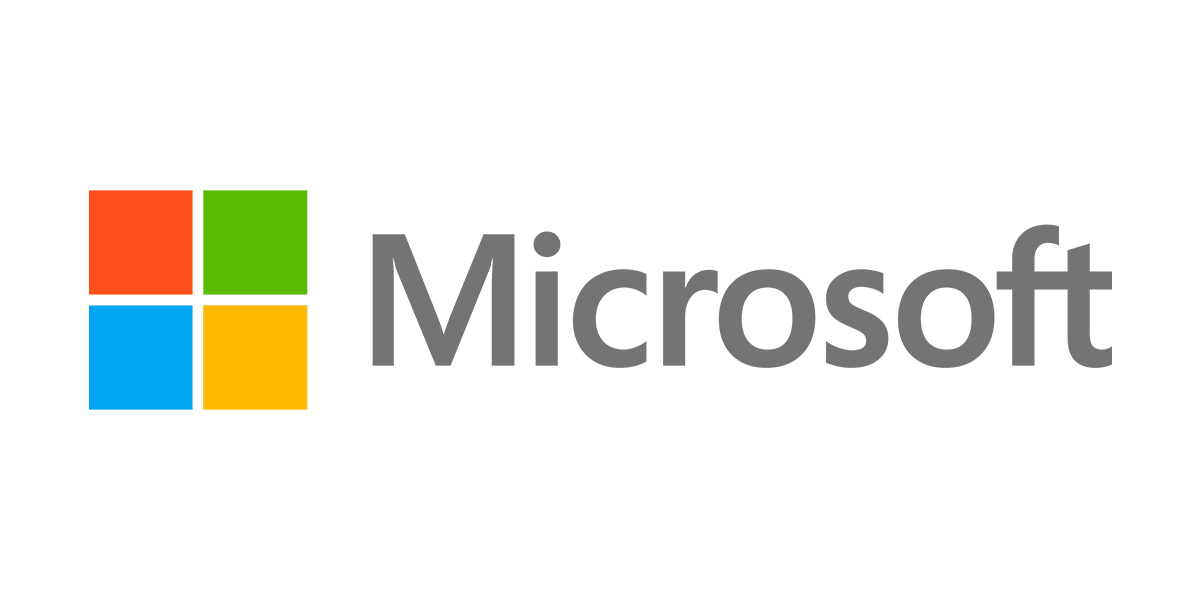
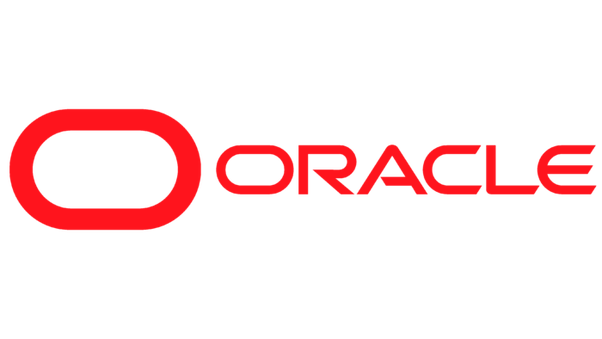
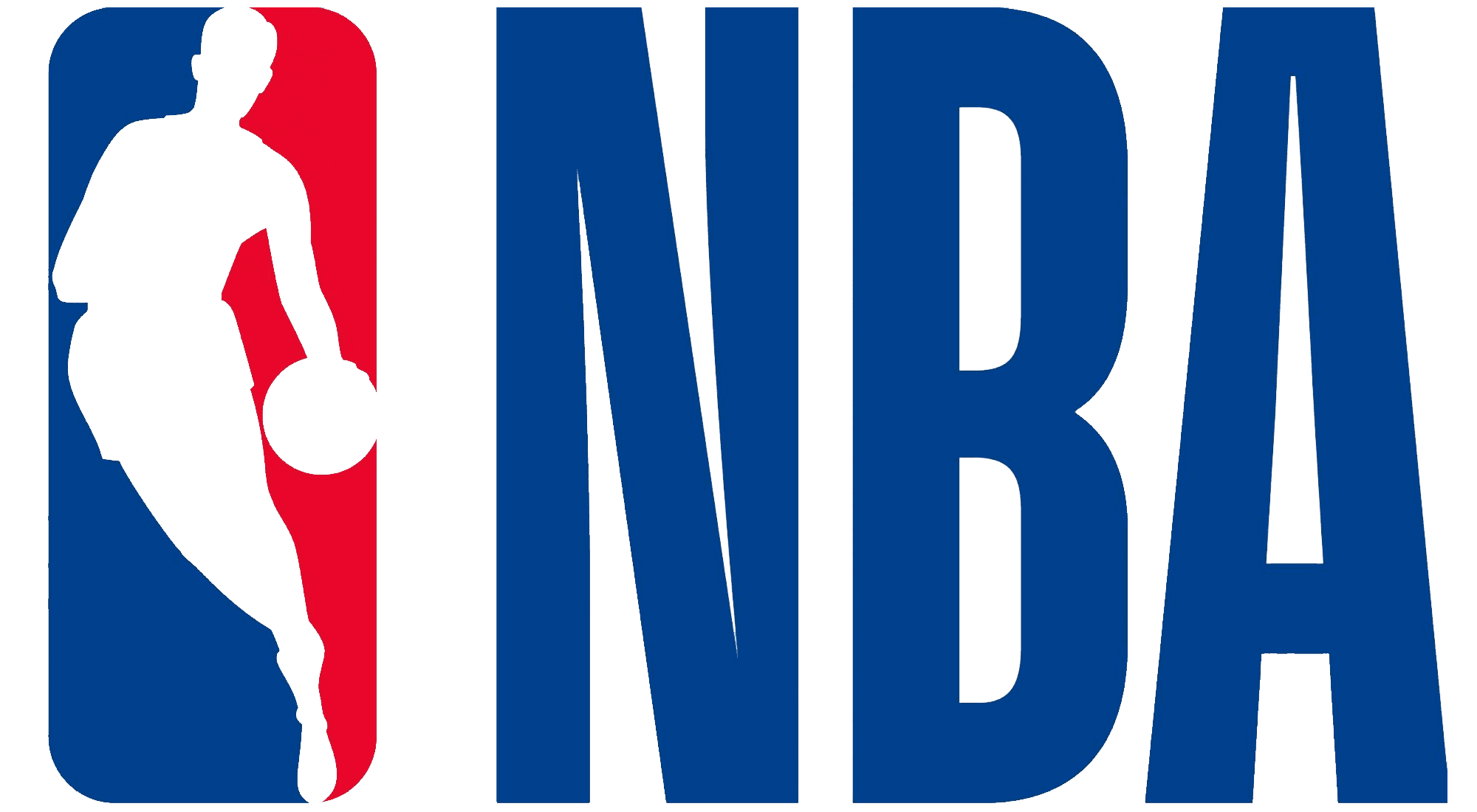







.png)


